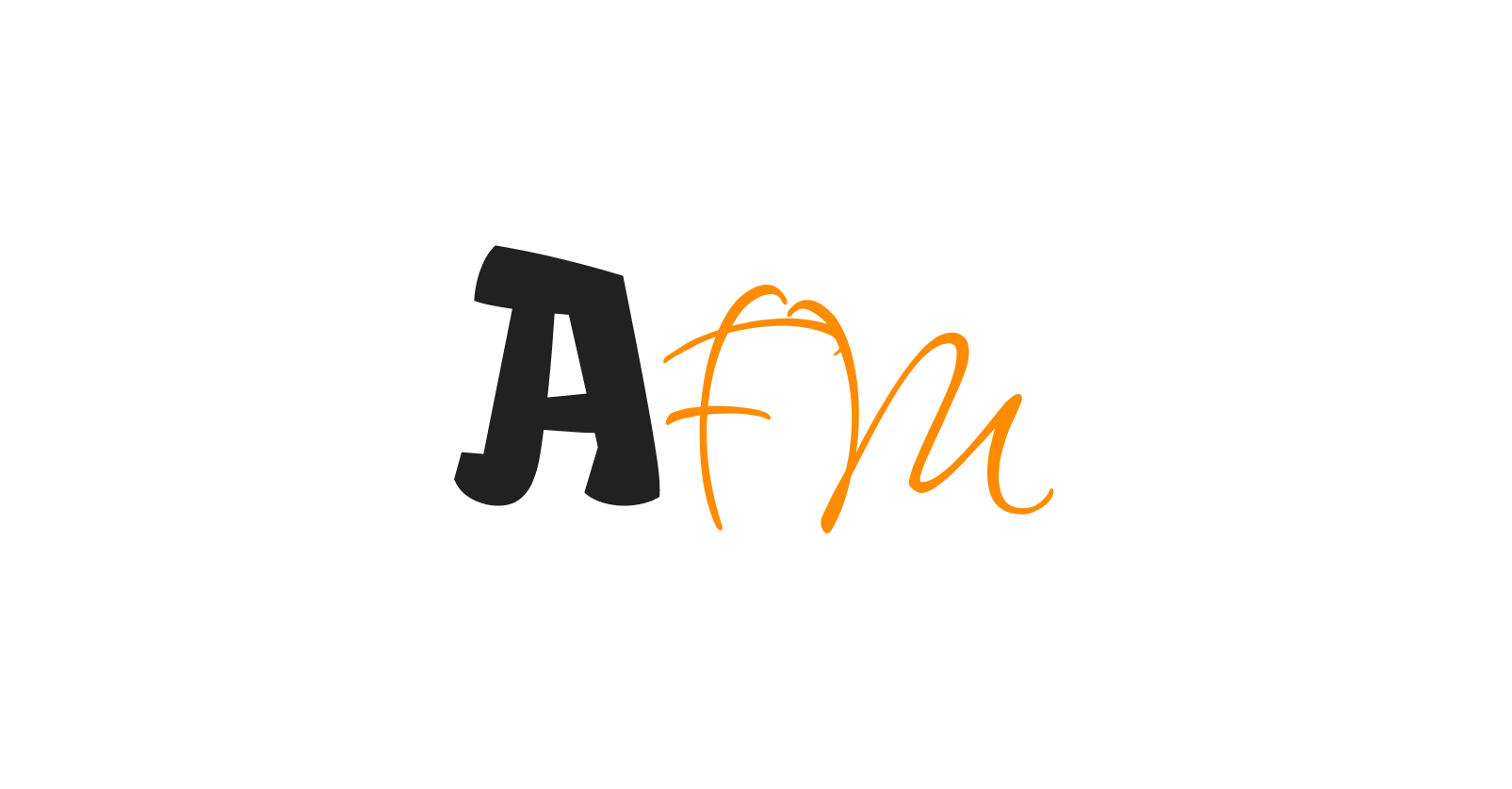Millions of Americans eagerly await their tax refunds, Social Security benefits, or stimulus payments, and knowing when that money will arrive can make a huge difference. The IRS processes most direct deposit payments on a set schedule, but many don’t know the exact dates to expect. For July 2025, the IRS has released a payment calendar that can help you find out exactly when your money is coming—if you qualify.
What to Expect from IRS Deposits in July
The IRS usually issues payments on business days, skipping holidays and weekends. Most tax refunds are processed within 21 days if filed electronically and with direct deposit selected. Similarly, any advance payments, child tax credits, or economic relief benefits often follow the same deposit timeline. If you’ve recently filed your return or are eligible for special programs, you could see money hit your account this July.
IRS July 2025 Direct Deposit Schedule
The July schedule includes standard deposit days for tax refunds, monthly Social Security payments, and additional IRS disbursements like credits or settlement refunds. Your exact deposit date depends on when you filed, the type of benefit or refund, and your payment method. Here’s a helpful table outlining expected deposit dates:
| Payment Type | Eligibility Group | Expected Deposit Date |
|---|---|---|
| Tax Refund (e-filed) | Filed before June 30 | July 19, 2025 |
| Tax Refund (paper return) | Processed in early June | July 25, 2025 |
| Child Tax Credit Advance | Eligible families | July 15, 2025 |
| Social Security Retirement | Birthdate 1st–10th | July 10, 2025 |
| Social Security Retirement | Birthdate 11th–20th | July 17, 2025 |
| Social Security Retirement | Birthdate 21st–31st | July 24, 2025 |
How to Check Your Payment Status
You can use the IRS “Where’s My Refund?” tool or the “Get My Payment” portal to track your direct deposit status. Be sure to have your Social Security Number (SSN), filing status, and refund amount on hand. Payments marked as “Sent” typically arrive within 1–3 business days depending on your bank. If your payment is delayed, it could be due to errors, additional verification, or bank account mismatches.
Tips to Avoid Delays in July
Ensure your bank information is current with the IRS, as outdated details may cause your payment to be mailed instead. Avoid filing on paper unless necessary, since electronic filing is significantly faster. If you’ve moved, update your address with both the IRS and USPS. Most importantly, respond promptly if the IRS contacts you for identity verification or clarification—this can prevent weeks of delay.
Knowing your direct deposit date can give peace of mind and help you plan bills, spending, or savings. With July’s calendar in place, eligible recipients can expect payments throughout the month—some as early as the 10th. Whether you’re due a tax refund, benefits, or relief payment, checking your IRS status now can ensure you don’t miss out.
FAQ’s:
1. How long does it take for IRS direct deposits to arrive?
Typically 1–3 business days after the payment is marked “Sent” by the IRS.
2. What if I still haven’t received my July payment?
Check your payment status online or contact your bank. If more than 21 days pass, reach out to the IRS.
3. Can I change my bank info after filing?
Not after submission—but if your payment fails, the IRS will issue a paper check to your mailing address.
4. Do Social Security deposits follow IRS timelines?
They follow SSA’s schedule but are often listed in IRS deposit calendars too.
5. Will I be notified when the IRS sends my payment?
Yes, you’ll usually get a deposit notification from your bank or a mailed IRS letter confirming the transaction.
